Home>Articles>How Much Does It Cost To Build A Pantry Cabinet
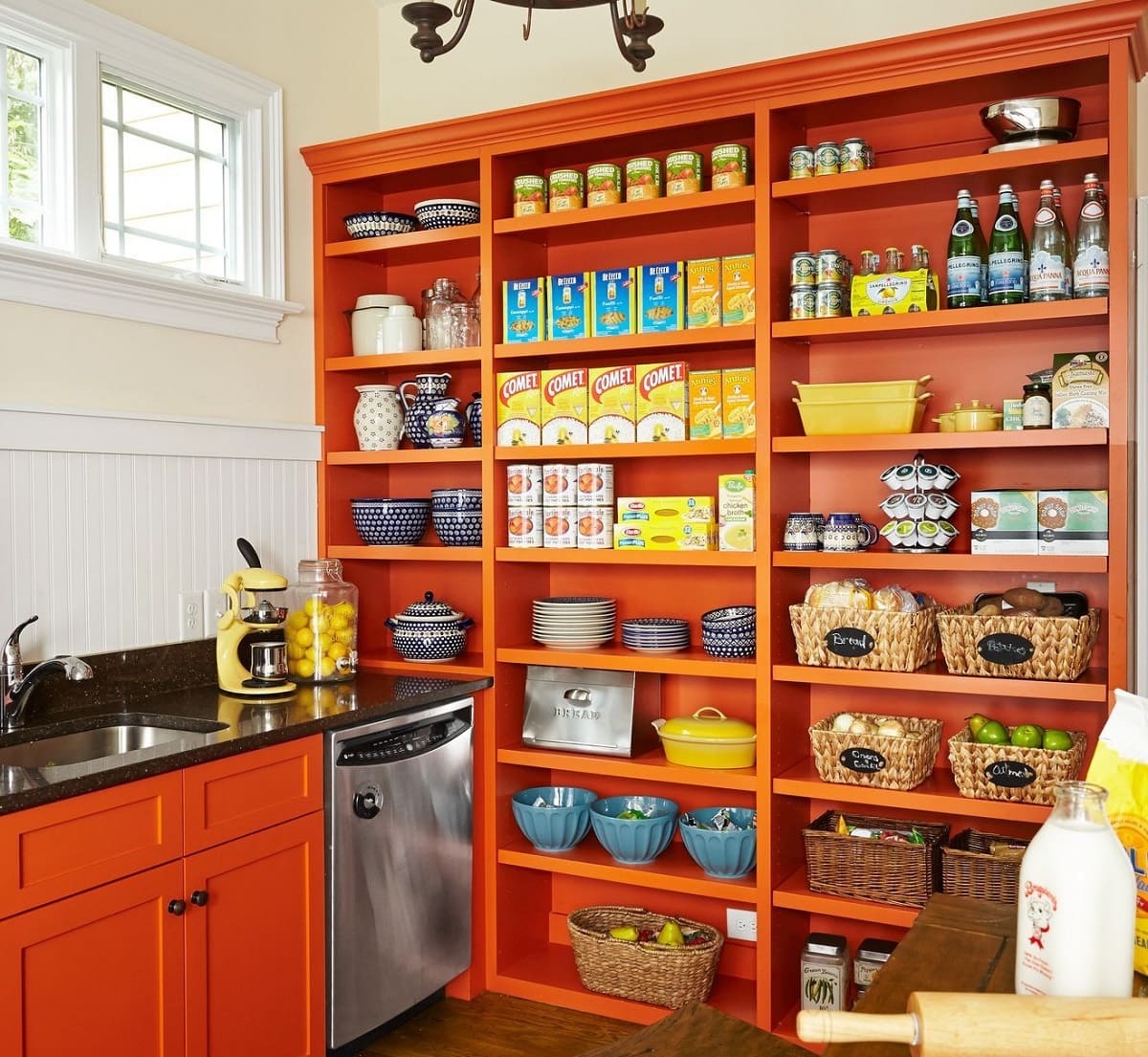

Articles
How Much Does It Cost To Build A Pantry Cabinet
Modified: January 19, 2024
Discover the average cost of building a pantry cabinet and get expert tips and advice with our informative articles on pantry cabinet construction.
(Many of the links in this article redirect to a specific reviewed product. Your purchase of these products through affiliate links helps to generate commission for Storables.com, at no extra cost. Learn more)
Introduction
Having a well-organized pantry is a dream for many homeowners. It not only adds functionality to your kitchen but also enhances the overall aesthetic appeal of the space. If you find yourself constantly searching for ingredients or struggling to keep your pantry neat and tidy, building a pantry cabinet could be the perfect solution.
A pantry cabinet is a dedicated storage space designed specifically for storing food items, kitchen supplies, and other household essentials. It provides ample storage and helps keep your kitchen clutter-free and well-organized. However, before embarking on a pantry cabinet project, it’s important to consider the cost implications so that you can budget accordingly.
In this article, we will explore the various factors that can affect the cost of building a pantry cabinet, including the materials used, labor costs, and any additional expenses you may encounter. We will also provide a cost breakdown to give you a better understanding of the investment required. So, let’s dive in!
Key Takeaways:
- Building a pantry cabinet involves considering factors like size, materials, and labor costs. Careful planning and budgeting can lead to a valuable investment in kitchen organization and aesthetics.
- The benefits of building a pantry cabinet extend beyond organization to include increased storage space, visual appeal, and streamlined meal planning. It’s a worthwhile investment for both functionality and home value.
Read more: How Much Does A Cabinet Cost
Factors Affecting the Cost of Building a Pantry Cabinet
When it comes to building a pantry cabinet, several factors can influence the overall cost of the project. By considering these factors, you can better estimate the budget you’ll need. Let’s take a closer look at some of the key factors:
- Size: The size of the pantry cabinet is a significant factor in determining the cost. Larger cabinets require more materials and labor, which can increase the overall expense. Consider the amount of storage space you need and how it fits into your kitchen layout.
- Materials: The type and quality of materials you choose for your pantry cabinet will have a significant impact on the cost. Common materials for pantry cabinets include solid wood, plywood, MDF, and laminates. Solid wood tends to be more expensive but offers durability and a luxurious appearance. On the other hand, plywood and MDF are more cost-effective options.
- Design and Customization: The complexity of the pantry cabinet design and any customization options you choose will affect the cost. Intricate designs, custom hardware, and specialized features like pull-out shelves or spice racks can add to the overall expense.
- Installation: The cost of installation depends on whether you hire professionals or decide to take the DIY route. Hiring professionals ensures a high-quality installation but can be more expensive. If you have the necessary skills and tools, DIY installation can save you money but requires thorough research and careful execution.
- Location: The location of your home can also impact the cost of building a pantry cabinet. The cost of materials and labor can vary depending on where you live. It’s important to consider any regional differences in pricing when estimating your budget.
These factors interact with one another, and it’s essential to strike a balance between your desired design, functionality, and budget. By carefully considering these factors, you can make informed decisions and ensure that your pantry cabinet fits both your needs and your financial capabilities.
Materials for Pantry Cabinet Construction
When it comes to building a pantry cabinet, selecting the right materials is crucial for both durability and aesthetics. The choice of materials will not only impact the overall cost but also determine the longevity and performance of your pantry cabinet. Here are some common materials used in pantry cabinet construction:
- Solid Wood: Solid wood is a popular choice for high-end pantry cabinets due to its durability and timeless appeal. Options like oak, maple, cherry, and walnut offer strength and character. However, solid wood can be more expensive compared to other materials.
- Plywood: Plywood is a cost-effective alternative to solid wood. It consists of multiple layers of wood veneers bonded together, making it strong and resistant to warping. Plywood is available in various thicknesses and can be painted or stained to match your desired aesthetic.
- MDF (Medium-Density Fiberboard): MDF is made from compressed wood fibers and resin. It is more affordable than solid wood and provides a smooth surface for painting. While MDF is not as strong as solid wood or plywood, it is a suitable option for pantry cabinets with a more budget-friendly approach.
- Laminate: Laminate is a synthetic material made by layering a decorative paper surface onto a particleboard or MDF core. It is known for its versatility and low maintenance. Laminate pantry cabinets are available in a wide range of colors, patterns, and textures, allowing for customization to match your kitchen decor.
- Hardware: Choosing the right hardware, such as hinges, drawer slides, and handles, is also important for the functionality and visual appeal of your pantry cabinet. High-quality hardware might cost more initially but can contribute to the longevity and ease of use of your cabinet.
When selecting materials for your pantry cabinet, consider factors such as durability, maintenance requirements, and your budget. Assess the pros and cons of each option, keeping in mind your desired aesthetic and the overall style of your kitchen. It’s also essential to ensure that the chosen materials are in line with your lifestyle and will withstand the wear and tear of everyday use.
Labor Costs for Pantry Cabinet Installation
While the materials you choose for your pantry cabinet are a significant expense, it’s essential to also consider the labor costs involved in the installation process. Hiring professionals for the installation ensures a high-quality and seamless finish, but it comes with its own cost. Here are some factors that can influence the labor costs for pantry cabinet installation:
- Experience and Expertise: The level of expertise and experience of the installer can affect the labor cost. Highly skilled professionals might charge more for their services, but they bring a wealth of knowledge and precision to the installation process, ensuring a flawless result.
- Complexity of Design: The complexity of the pantry cabinet design can impact the labor cost. Intricate designs, custom features, and specialized installations require more time and effort, which may translate to higher labor costs.
- Size and Weight of the Cabinets: Larger and heavier pantry cabinets require additional manpower and potentially specialized equipment during the installation process. This can increase the labor cost, particularly if there are challenges in maneuvering and positioning the cabinets correctly.
- Preparation and Site Conditions: If the installation site requires any preparation work, such as removing existing cabinets or making modifications to accommodate the new pantry cabinet, it can add to the labor cost. Additionally, factors like accessibility, tight spaces, or uneven walls may require extra effort and time, impacting the overall labor cost.
- Location: The location of your home can also affect the labor costs. Labor rates can vary between regions, so it’s important to research local rates and factor them into your budget.
It’s recommended to obtain quotes from multiple professionals to compare costs and assess the value they offer. While it may be tempting to choose the cheapest option, prioritize quality and expertise to ensure a successful installation that will stand the test of time. Remember to ask for references and check portfolios to ensure the installer has a track record of delivering excellent results.
Alternatively, if you have the necessary skills and experience, you can save money by opting for DIY installation. However, keep in mind that DIY installation requires time, effort, and proper tools. Make sure to thoroughly research and plan the installation process, and be prepared for any challenges that may arise.
Ultimately, the labor costs for pantry cabinet installation will depend on various factors. It’s important to consider these factors carefully and allocate a realistic budget to ensure a smooth and successful installation process.
Additional Costs for Pantry Cabinet Installation
When budgeting for your pantry cabinet installation, it’s important to consider any additional costs that may arise throughout the process. These costs can vary depending on the specific project and individual circumstances. Here are some common additional costs to keep in mind:
- Removal of Existing Cabinets: If you have existing cabinets in the space where the pantry cabinet will be installed, you may need to remove them first. This can involve additional labor costs, especially if the cabinets are large, heavy, or difficult to dismantle.
- Electrical and Plumbing Work: If your pantry cabinet installation requires any electrical or plumbing adjustments or modifications, you may need to hire a professional to handle these tasks. It’s important to consult with an expert and factor in the cost of any necessary electrical or plumbing work involved.
- Painting or Finishing: Depending on the materials and finish you choose for your pantry cabinet, you may need to account for the cost of painting or finishing the cabinets. This includes the cost of paint, primer, brushes, or hiring a professional painter if you’re not comfortable doing it yourself.
- Accessories and Organization Systems: To maximize the functionality of your pantry cabinet, you may want to consider accessories and organization systems such as pull-out shelves, rotating carousels, spice racks, or dividers. These additional features can enhance the usability of your pantry cabinet but may come at an extra cost.
- Permits and Inspections: Depending on your local building codes and regulations, you may require permits and inspections for the installation of your pantry cabinet. These costs can vary depending on your location and the complexity of the project. It’s important to research the permit requirements in your area and include any associated fees in your budget.
It’s crucial to anticipate these additional costs and factor them into your overall budget to avoid any surprises during the installation process. It’s recommended to consult with professionals or contractors who can provide guidance and help you estimate these additional expenses accurately.
When planning your pantry cabinet installation, consider your specific needs and preferences. Prioritize functionality, quality, and longevity to ensure that your investment in the pantry cabinet yields the desired benefits for years to come.
When budgeting for a pantry cabinet, consider the materials, size, and any additional features like pull-out shelves or custom organization systems. Don’t forget to factor in installation costs if you’re not doing it yourself.
Read more: How To Build Pantry Cabinet
Cost Breakdown of Building a Pantry Cabinet
Building a pantry cabinet involves several cost factors that need to be considered in order to plan your budget effectively. While the actual costs can vary depending on your location and specific project requirements, here is a general breakdown of the expenses involved:
- Materials: The cost of materials for a pantry cabinet can range from moderately priced options like plywood or MDF to more expensive choices such as solid wood or high-end laminates. On average, the cost of materials can range from $500 to $2500, depending on the size, material quality, and customizability.
- Labor: The labor costs for pantry cabinet installation can vary depending on factors like complexity, size, location, and whether you hire professionals or choose to do it yourself. Hiring professionals typically costs between $500 and $2000, including the installation and any necessary adjustments. DIY installation can save money on labor costs but requires your own time and effort.
- Additional Costs: Additional expenses, such as removing existing cabinets, electrical or plumbing work, painting or finishing, and accessories or organization systems, can add to the overall cost. These costs can vary widely depending on your specific needs and can range from $200 to $1000 or more, depending on the scope of the additional work.
- Permits and Inspections: If your local building codes require permits or inspections for the installation of a pantry cabinet, you should account for any associated fees. Permit costs can range from $100 to $500 or more, depending on your location and the complexity of the project.
Given these cost ranges, the total cost of building a pantry cabinet can vary significantly. On average, you can expect to spend between $1200 and $6000 for a standard-sized pantry cabinet with mid-range materials and professional installation. However, it’s important to keep in mind that these figures are estimates, and prices can vary based on your specific requirements and regional factors.
Remember, it’s always recommended to obtain quotes from multiple professionals or contractors and compare them to get the most accurate estimate for your project. Additionally, be sure to factor in any additional expenses based on your specific needs and preferences.
By carefully planning and budgeting for your pantry cabinet project, you can ensure that you have a clear understanding of the costs involved and make informed decisions throughout the process.
Factors to Consider When Budgeting for a Pantry Cabinet
Building a pantry cabinet involves careful budgeting and consideration of various factors to ensure that your project stays within your financial means. Here are some important factors to consider when creating a budget for your pantry cabinet:
- Size and Design: The size and design of your pantry cabinet will significantly impact the cost. A larger cabinet or a more elaborate design will require more materials and labor, resulting in a higher overall cost. Consider your storage needs and assess how the size and design of the pantry cabinet will fit into your kitchen space.
- Materials: The choice of materials for your pantry cabinet can greatly influence the cost. Solid wood is generally more expensive compared to alternatives like plywood or MDF. Consider the durability, appearance, and budget-friendliness of different materials before making a decision.
- Labor: Decide whether you will hire professionals or opt for DIY installation. Hiring professionals will incur additional labor costs, but it ensures a higher level of expertise and saves you time and effort. DIY installation can save money, but be prepared for the time commitment and potential challenges.
- Additional Expenses: Consider any additional costs that may arise, such as removing existing cabinets, electrical or plumbing work, painting or finishing, and accessories or organization systems. These costs can add up, so it’s important to research and estimate them accurately.
- Location: Keep in mind that the cost of materials and labor can vary depending on your location. Research local rates and compare quotes to get a better understanding of the specific costs involved in your area.
- Quality vs. Budget: Determine your priorities when it comes to quality and budget. While it’s important to stick to your budget, compromising on quality may lead to issues in the long run. Strike a balance between achieving your desired quality and staying within your financial limitations.
- Flexibility: Be prepared to make adjustments and compromises during the budgeting process. Consider areas where you can potentially save money without sacrificing the integrity and functionality of your pantry cabinet.
By carefully considering these factors, you can create a more accurate and realistic budget for your pantry cabinet project. It’s also recommended to obtain quotes from multiple professionals or contractors and compare them to ensure you are getting the best value for your investment. Remember that proper budgeting and planning are essential to avoid any financial surprises and ensure a successful and cost-effective pantry cabinet installation.
Benefits of Building a Pantry Cabinet
A pantry cabinet is a valuable addition to any kitchen, offering numerous benefits that can improve functionality, organization, and overall aesthetics. Here are some of the key benefits of building a pantry cabinet:
- Increased Storage Space: One of the primary advantages of a pantry cabinet is the additional storage it provides. With a dedicated space for your food items, kitchen supplies, and household essentials, you can keep your kitchen well-organized and free from clutter. This allows for easy access to ingredients, utensils, and appliances, making meal preparation more efficient.
- Improved Organization: A pantry cabinet helps you maintain a systematic approach to storing and locating items. You can categorize and arrange your pantry items, making it easier to find what you need when you need it. Adjustable shelves and pull-out drawers can further enhance organization by allowing you to customize the space to suit your specific needs.
- Enhanced Visual Appeal: A well-designed pantry cabinet can greatly enhance the visual appeal of your kitchen. It adds a touch of elegance and sophistication while seamlessly blending with your overall kitchen decor. With various material options, finishes, and hardware choices available, you can create a pantry cabinet that complements your style and brings a cohesive look to your kitchen.
- Streamlined Meal Planning and Grocery Shopping: Having a pantry cabinet makes meal planning and grocery shopping more convenient. You can easily see what ingredients you have on hand, helping you plan meals more effectively and avoid unnecessary purchases. A well-organized pantry cabinet also allows you to take advantage of sales and discounts by storing bulk items or stocking up on essentials.
- Reduced Food Waste: With a well-organized pantry cabinet, you can reduce food waste by keeping track of expiration dates and identifying which items need to be used first. Having clear visibility of your pantry contents eliminates the risk of forgetting about items that may expire or go to waste.
- Increased Home Value: Building a pantry cabinet adds value to your home. Prospective buyers often appreciate the additional storage space and organization that a pantry cabinet provides. A well-designed pantry can attract potential buyers and make your home stand out in the real estate market.
By building a pantry cabinet, you not only enhance the functionality and organization of your kitchen but also create a visually appealing space. The benefits of a pantry cabinet extend beyond convenience and efficiency, offering long-term value and contributing to the overall beauty and functionality of your home.
Conclusion
Building a pantry cabinet is a worthwhile investment that can greatly improve the functionality, organization, and overall aesthetics of your kitchen. By carefully considering factors such as the size, materials, labor costs, and additional expenses, you can create a budget that aligns with your needs and financial capabilities.
When planning your pantry cabinet project, remember that the size and design of the cabinet, the choice of materials, and the skill level of the labor all impact the overall cost. Additional expenses such as removal of existing cabinets, electrical or plumbing work, and painting or finishing should also be taken into account.
Despite the financial considerations, the benefits of building a pantry cabinet are numerous. It provides increased storage space, improved organization, and enhanced visual appeal. The streamlined meal planning and grocery shopping process can reduce waste and save you time and money in the long run. Additionally, a well-designed and functional pantry cabinet can increase the value of your home, making it an attractive feature for potential buyers.
Whether you choose to hire professionals for the installation or opt for a DIY approach, careful planning and thorough research are essential. Obtain quotes from multiple professionals, compare materials and design options, and gather inspiration from various sources to create a pantry cabinet that suits your style and needs.
In conclusion, building a pantry cabinet brings a multitude of benefits, from improved organization and increased storage space to enhanced aesthetics and home value. By considering all the important factors and creating a realistic budget, you can embark on your pantry cabinet project with confidence, knowing that you are making a valuable investment in your kitchen and home.
Frequently Asked Questions about How Much Does It Cost To Build A Pantry Cabinet
Was this page helpful?
At Storables.com, we guarantee accurate and reliable information. Our content, validated by Expert Board Contributors, is crafted following stringent Editorial Policies. We're committed to providing you with well-researched, expert-backed insights for all your informational needs.
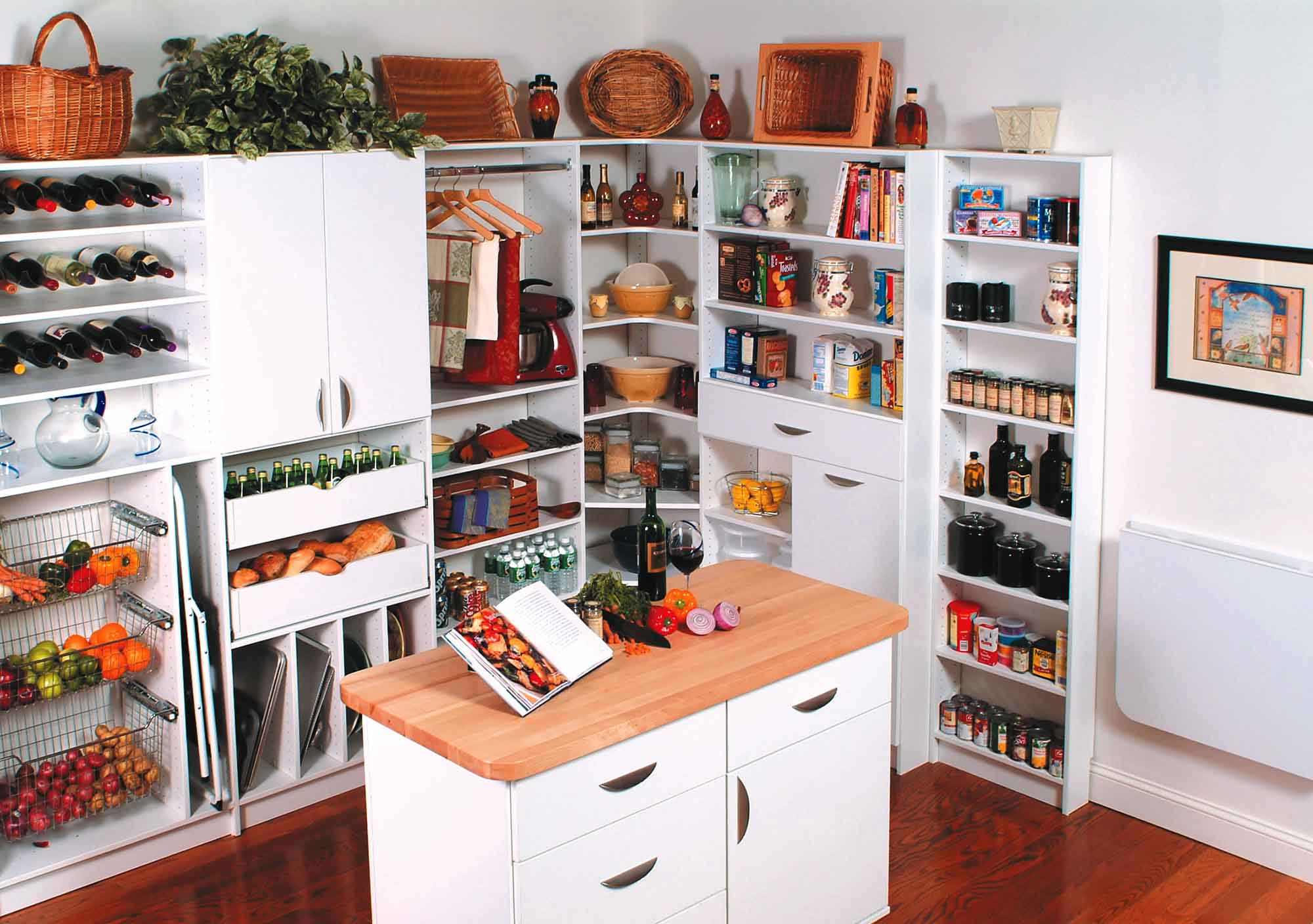
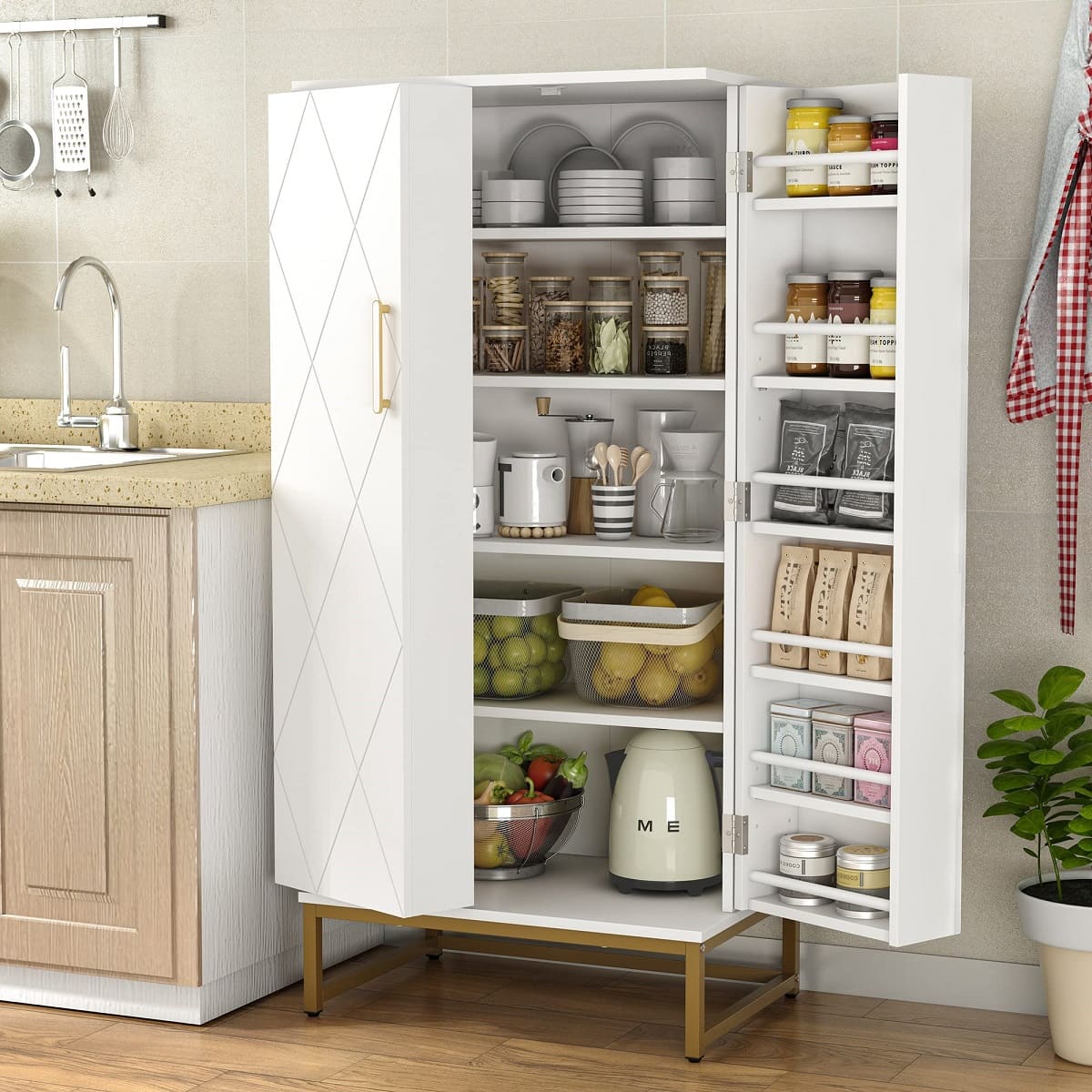
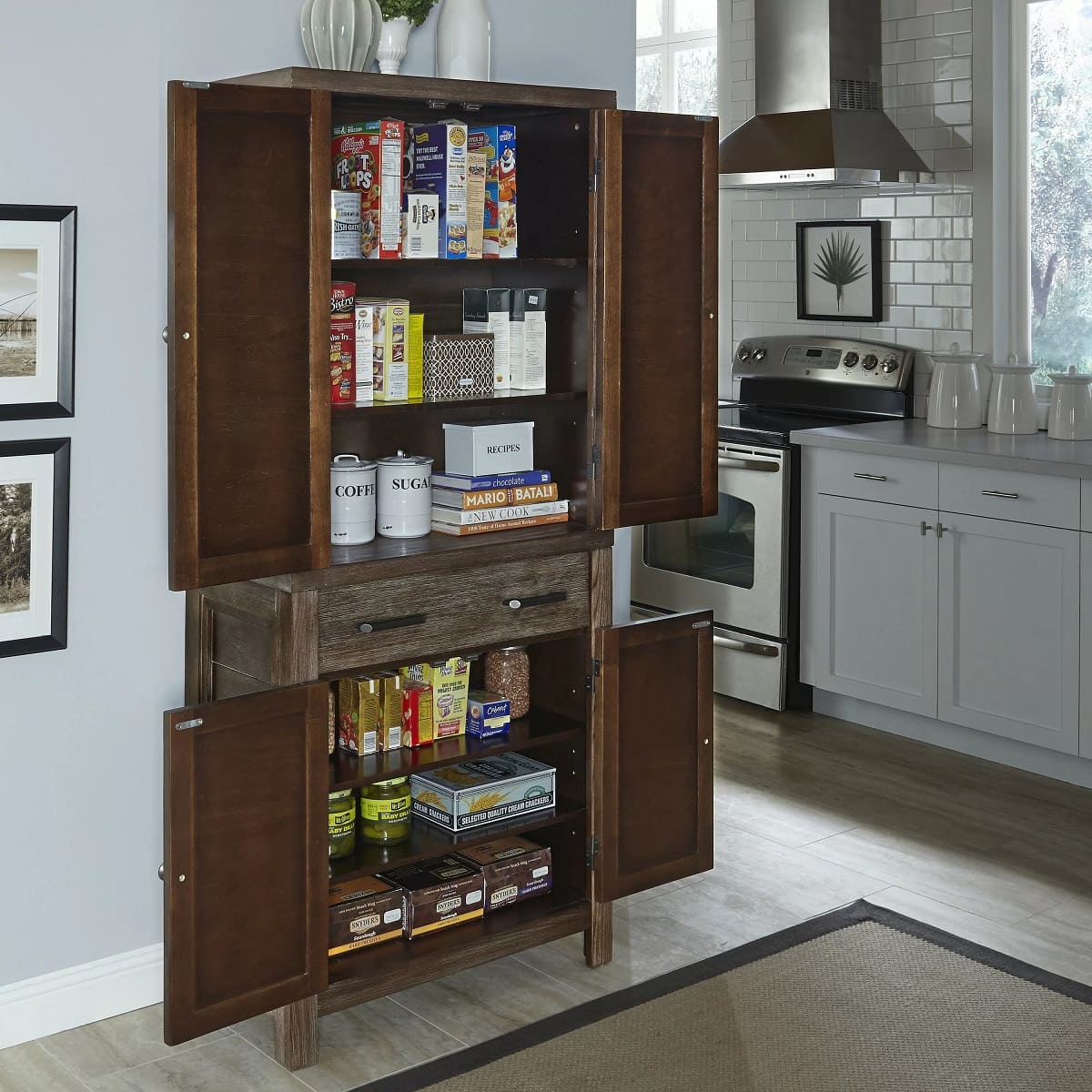
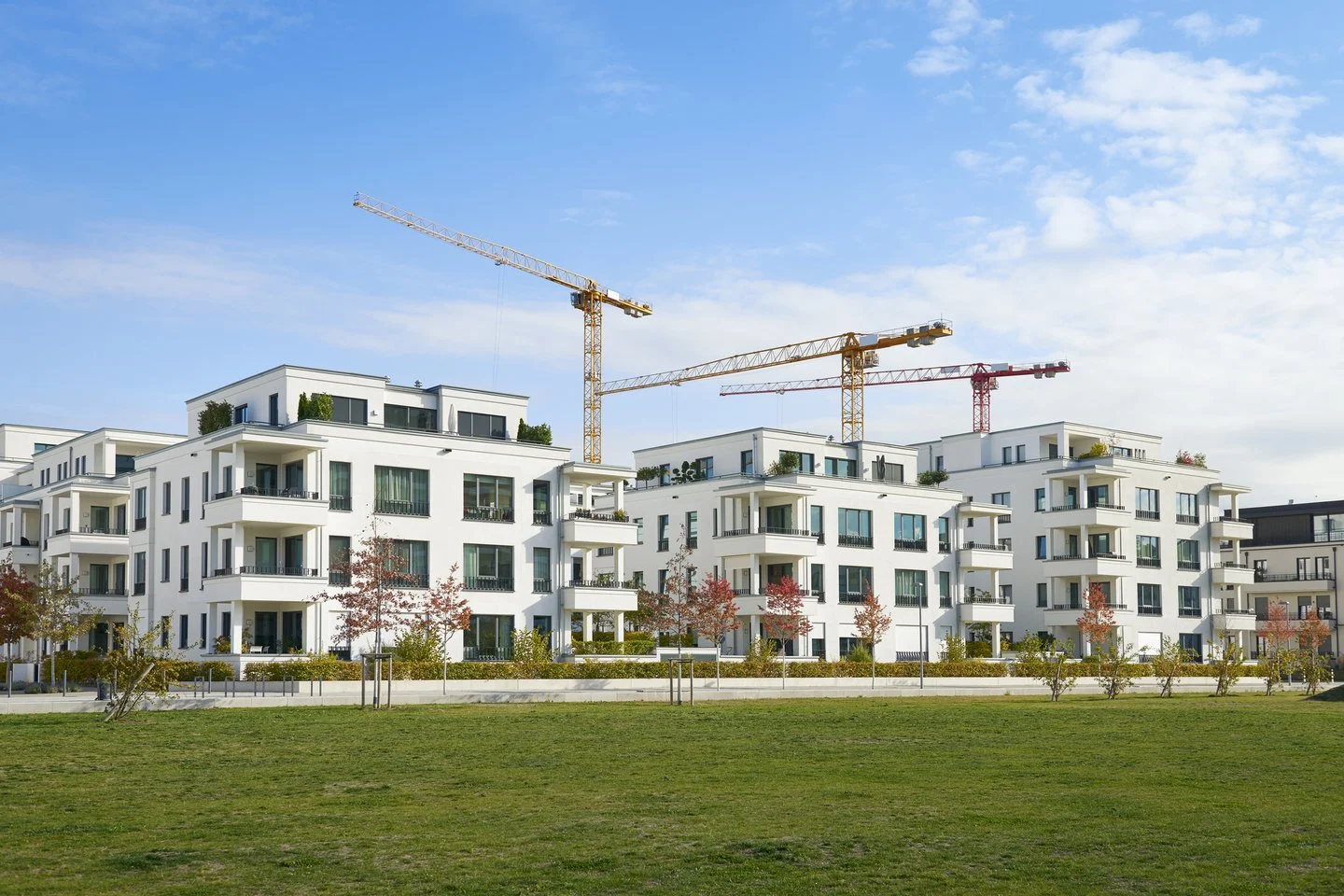
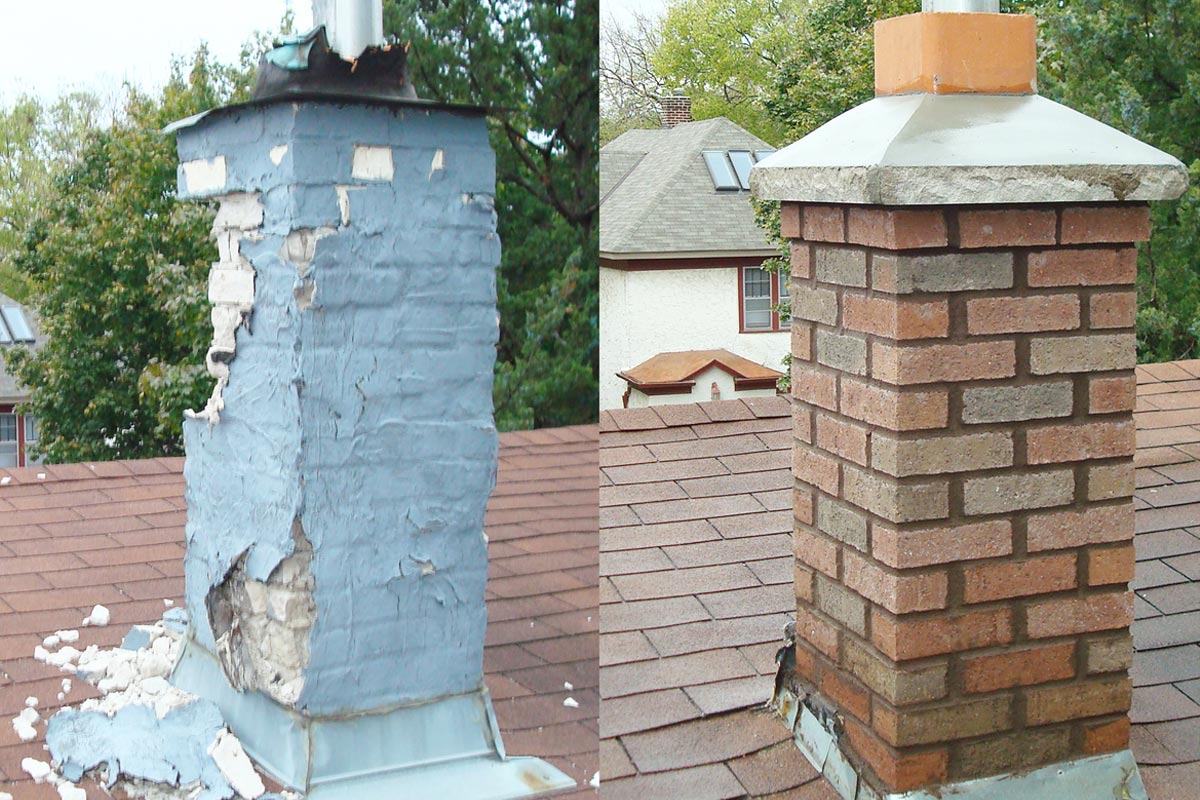
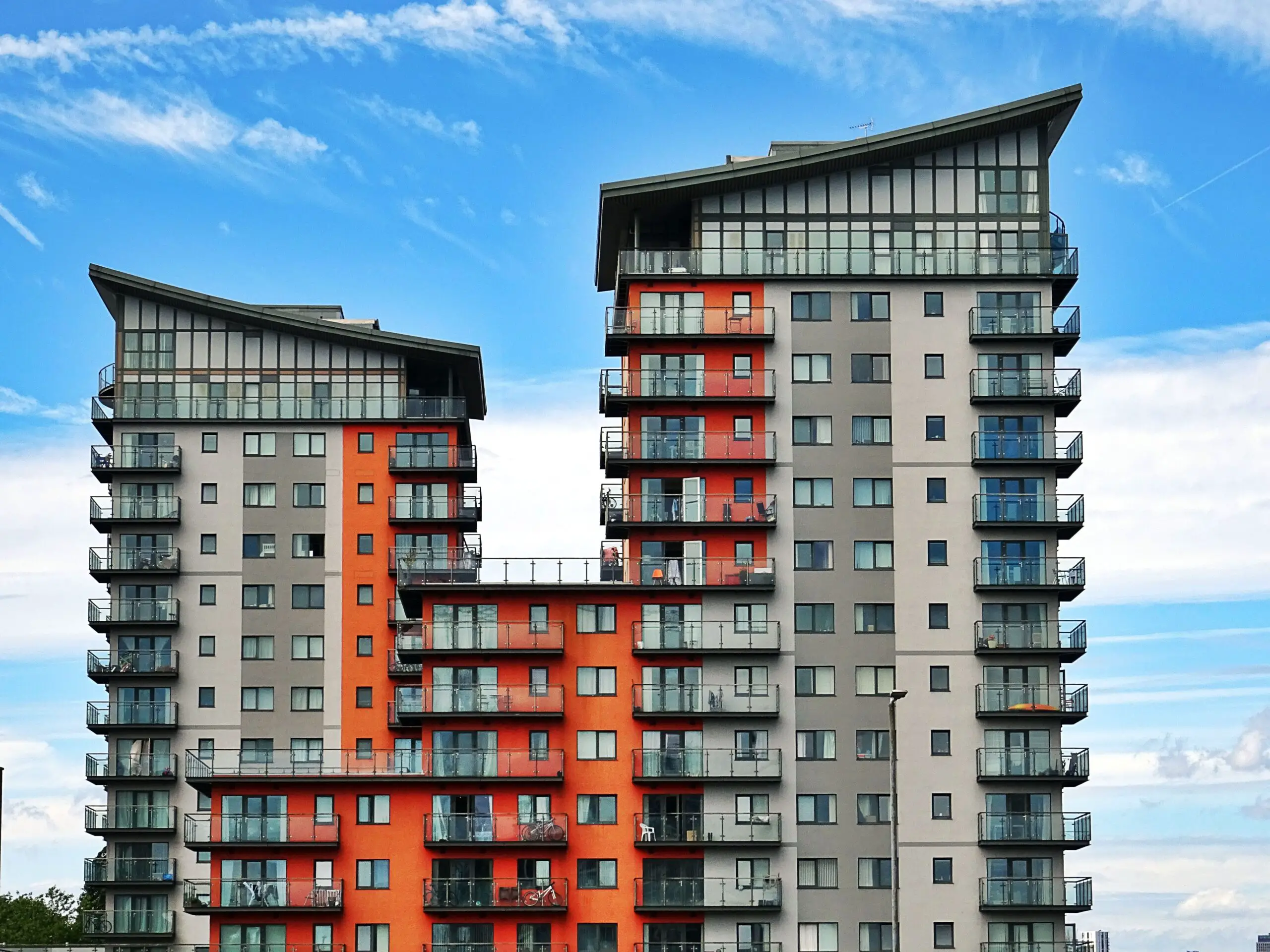

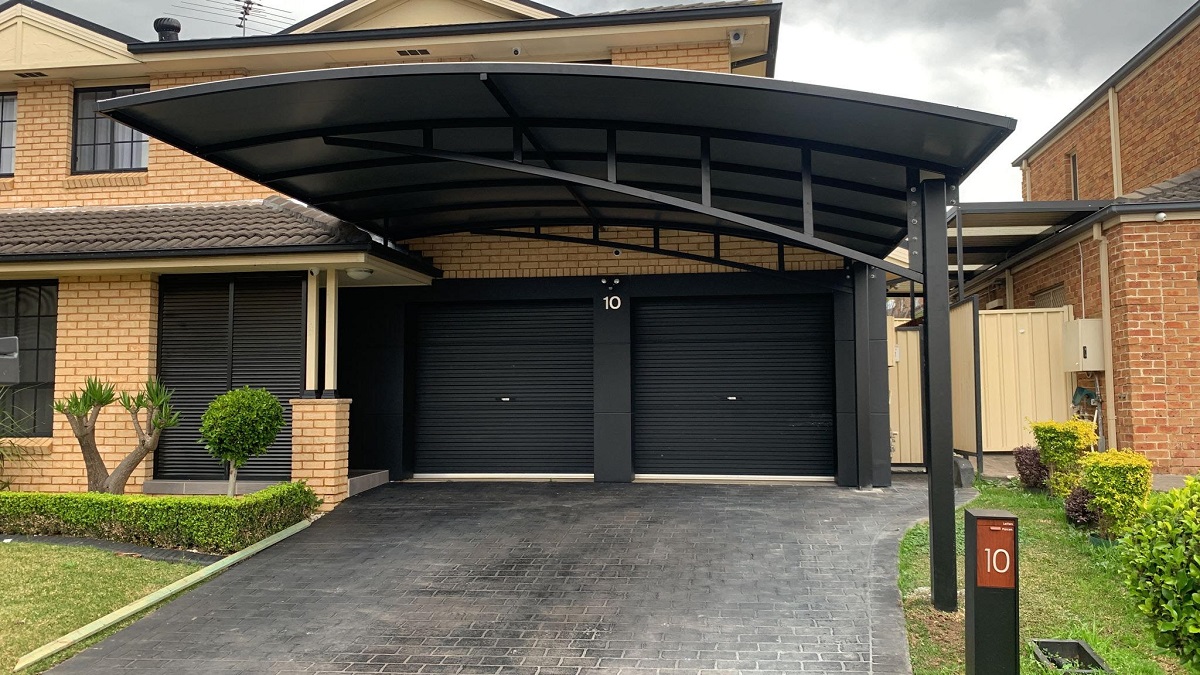
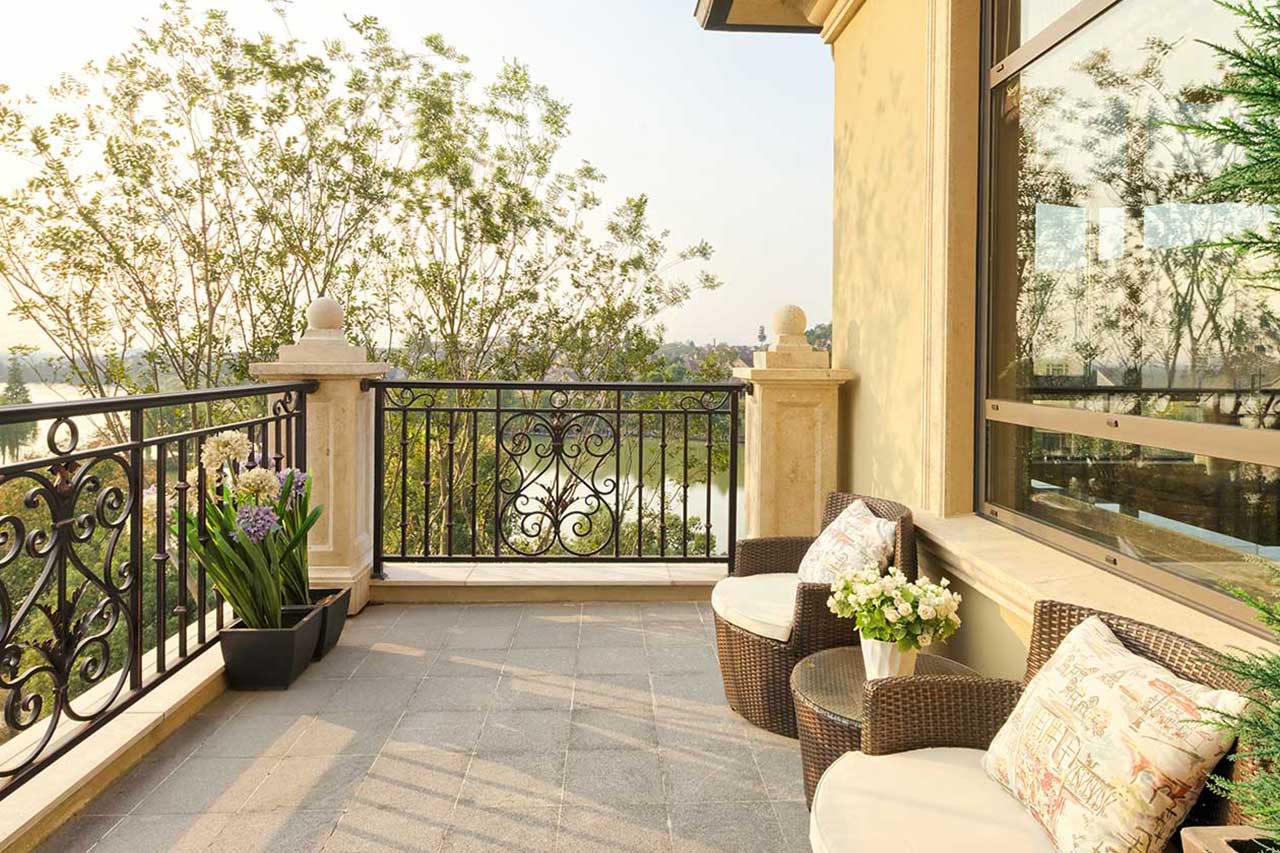
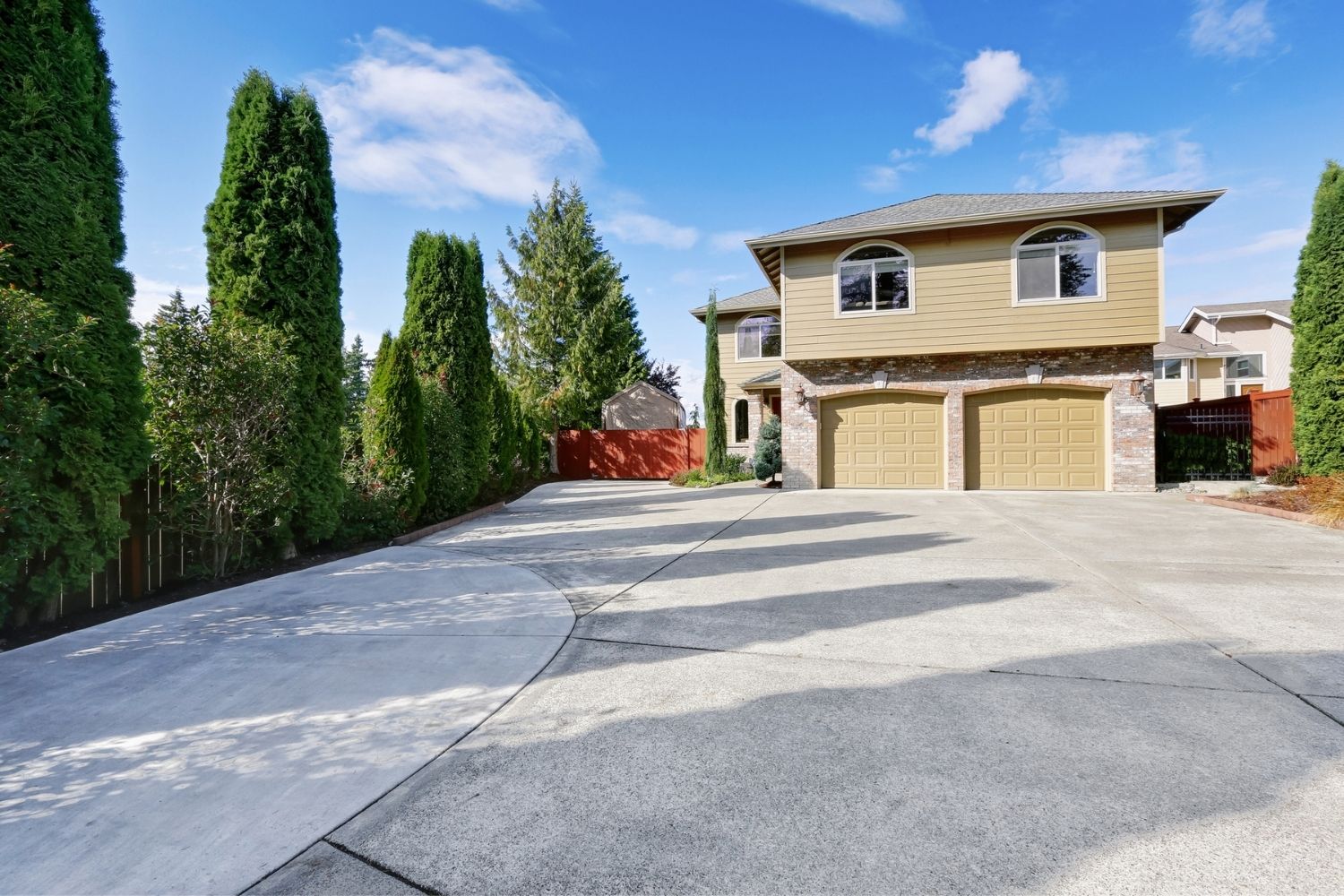
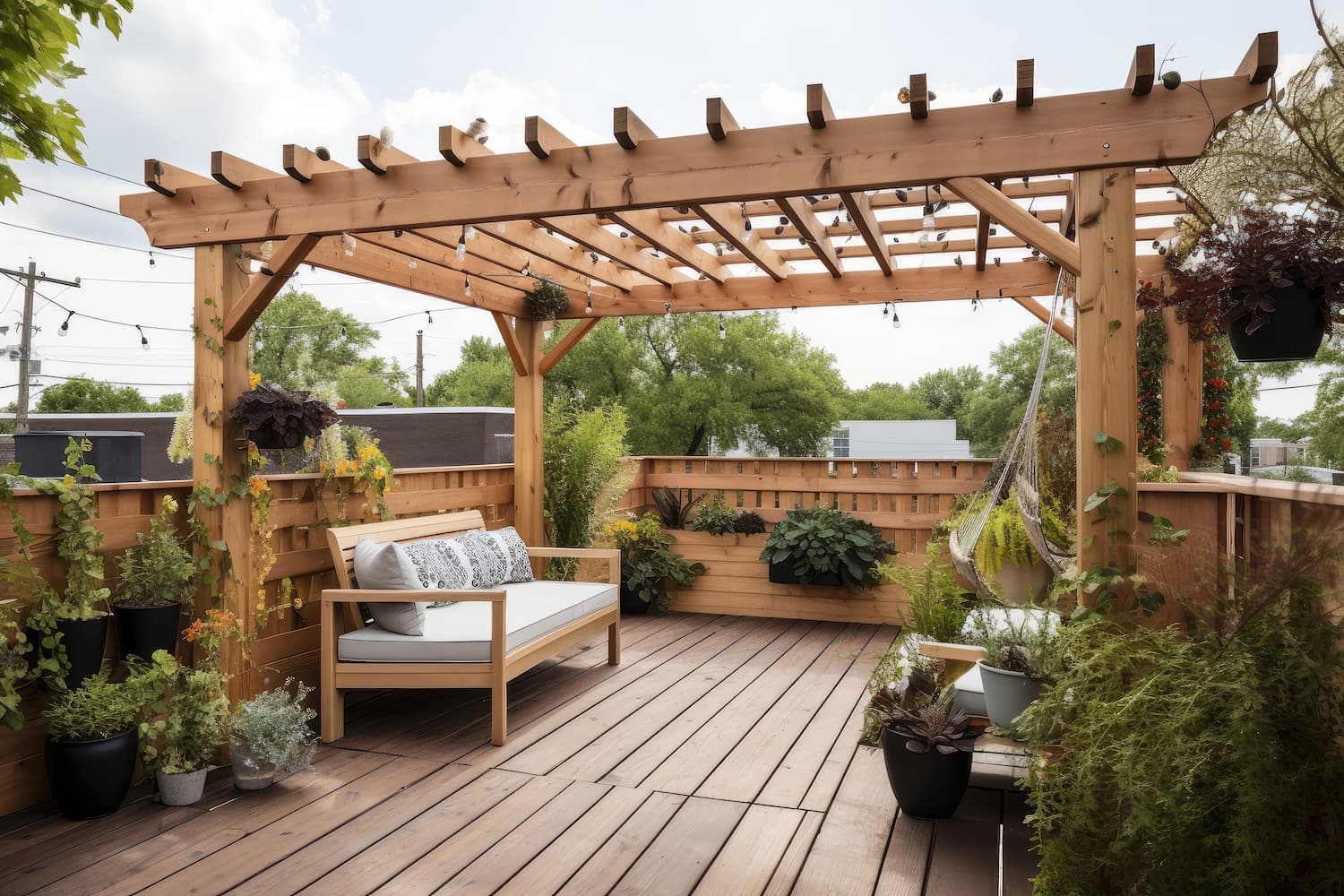
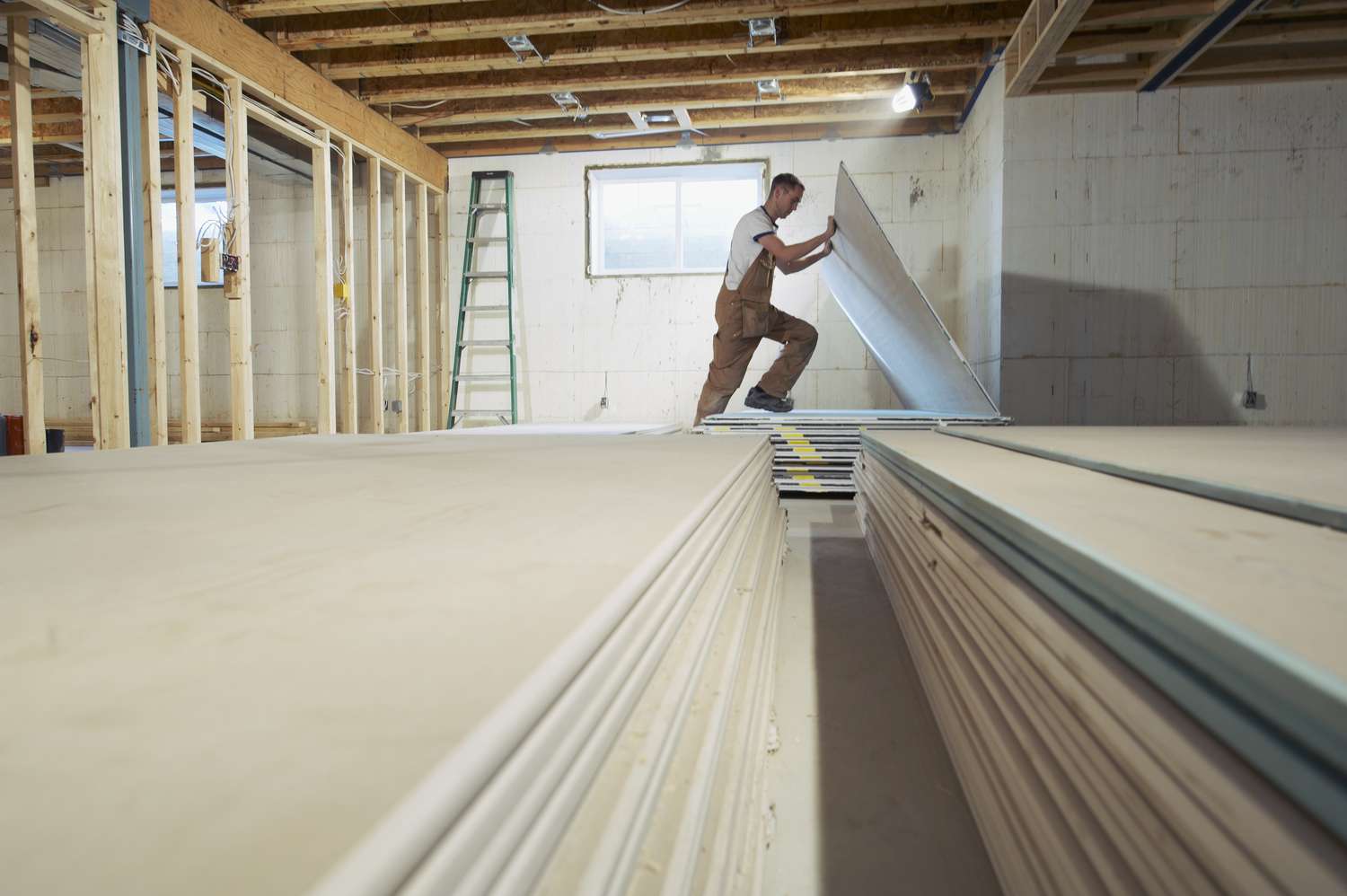
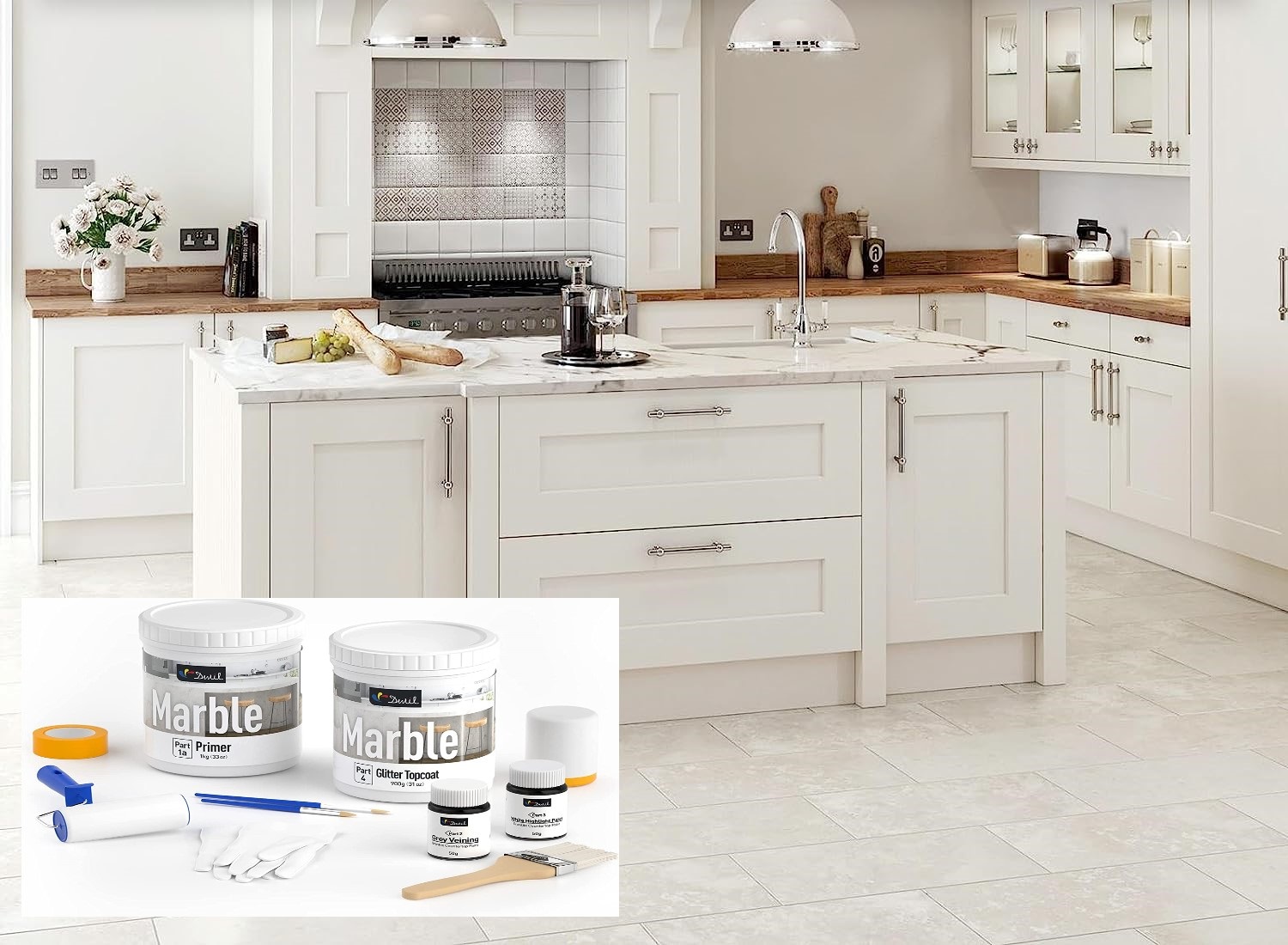
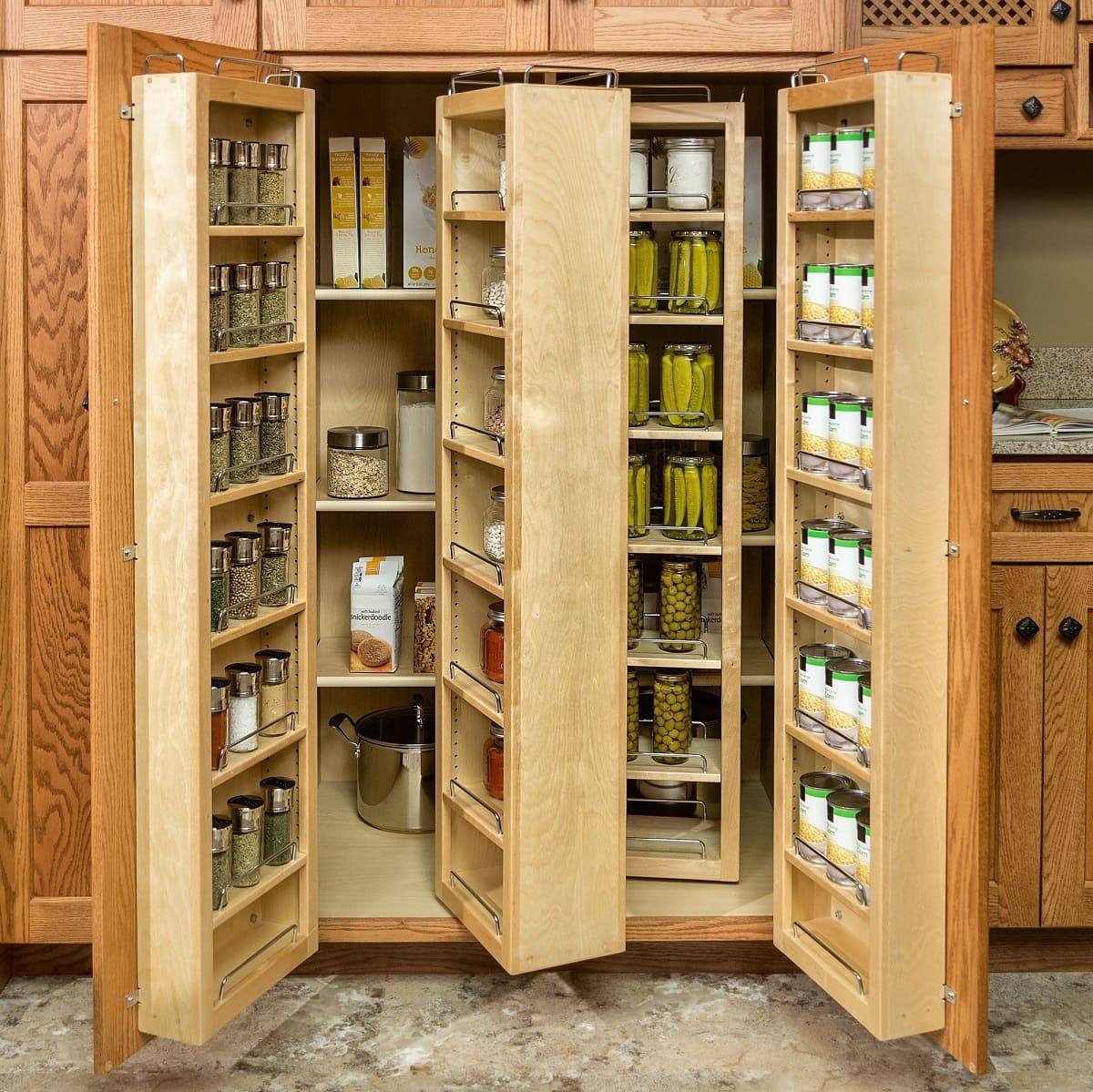

0 thoughts on “How Much Does It Cost To Build A Pantry Cabinet”